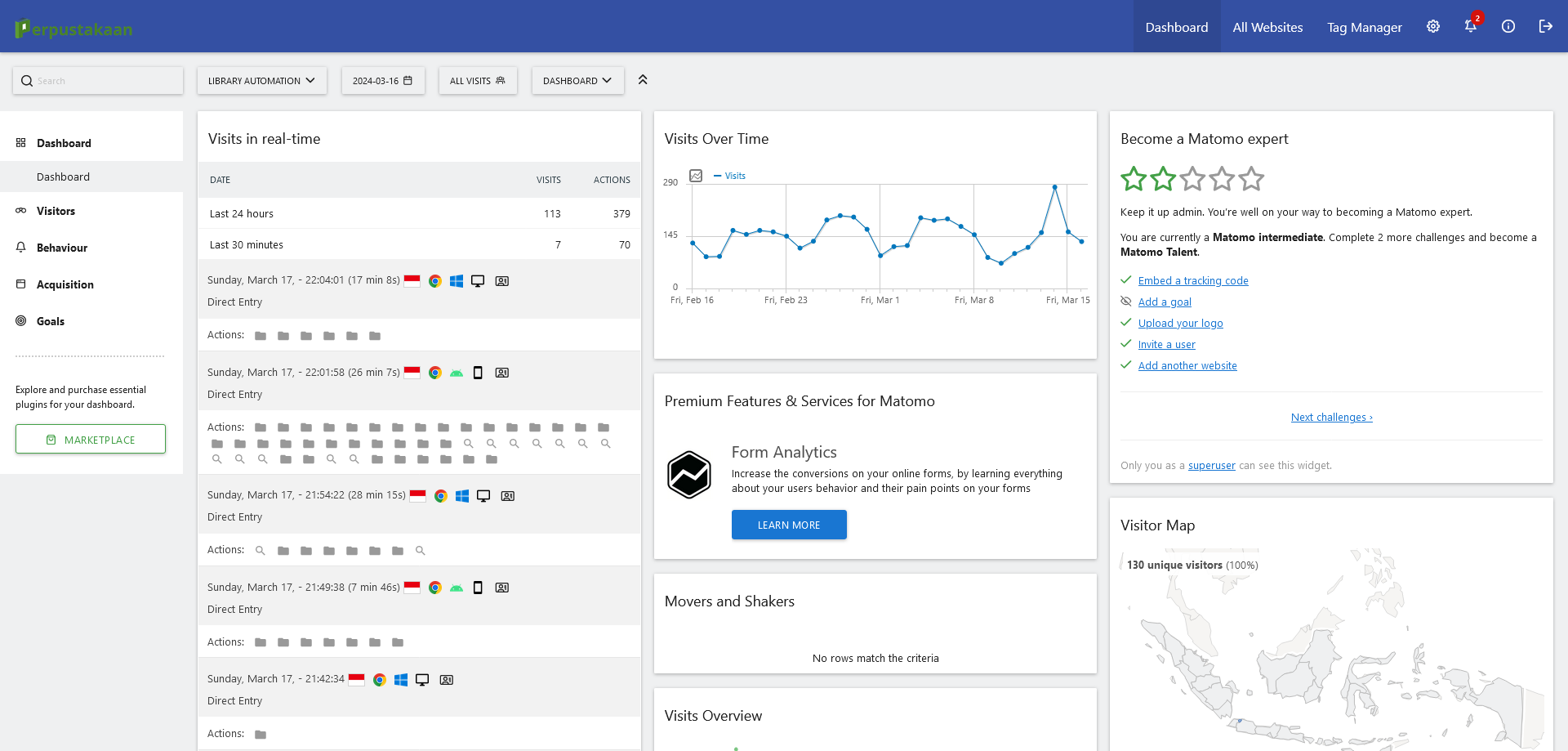Collection Details

Chapter 13 Cognitive effects of bilingualism in infancy
Kovács, Ágnes Melinda - Nama Orang
Exposure to multiple languages is a very common phenomenon even during early childhood. Although learning just one language is a major accomplishment in itself, the challenge for infants born in multilingual environments must be still greater. In contemporary societies many children grow up in bilingual families and have to learn to cope with different languages. However, a single language milieu is still the standard model for investigating language acquisition even though a great proportion of children are raised with more than one language. As bilingual children presumably have to learn twice as much as their mono-lingual peers, their language learning could be expected to be somewhat delayed. Yet, infants who acquire two languages simultaneously pass language production milestones at the same age as monolingual infants (see Chapter 4, this volume), and display only minor differences in language processing (see Chapter 3). Thus, the big puzzle becomes uncovering what mechanisms infants exposed to two languages from birth (crib bilinguals) use to efficiently deal with a linguistic signal coming from different languages.
Additional Information
- Penerbit
- Berlin, Germany : De Gruyter (2016)
- GMD ( General Material Designation )
- Electronic Resource
- No. Panggil
-
306.446KOVc
- ISBN/ISSN9783110610468
- Klasifikasi
- 306.446
- Deskripsi Fisik
- -
- Bahasa
- English
- Edisi
- -
- Subjek
- multilingualism
cognition
Humans - Pernyataan Tanggungjawab
- -
- Info Detail Spesifik
- -
- GMD
- Electronic Resource
- Tipe Isi
- text
- Tipe Media
- computer
- Tipe Pembawa
- online resource




